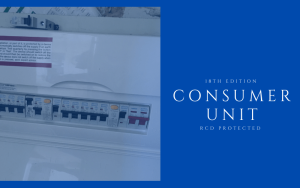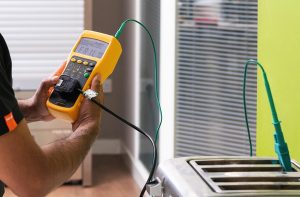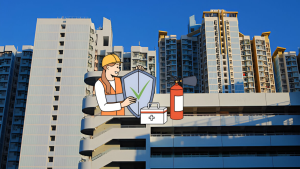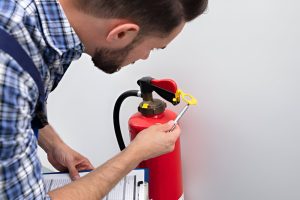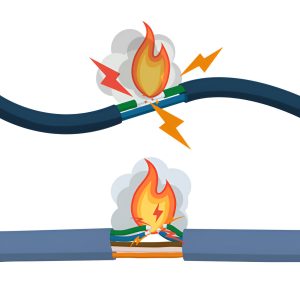When it comes to fire risk assessments, one might question the extent of legal obligations that apply.
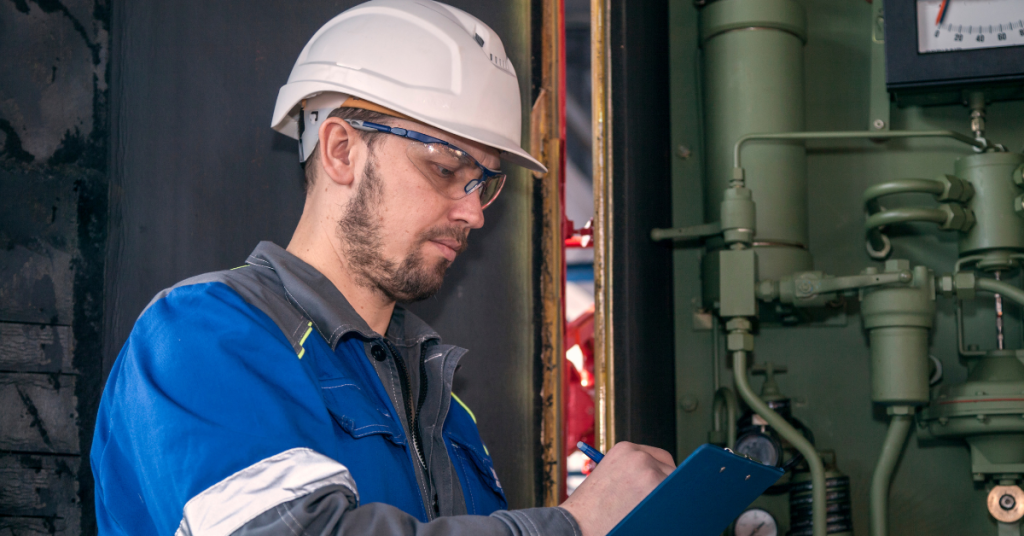
As a responsible individual overseeing premises, I’ve come to realize that understanding the legal requirements is not just beneficial but a necessary step in ensuring compliance and safety.
The regulations surrounding fire risk assessments are multifaceted, covering various aspects that demand attention.
Let’s explore the fundamental legal requirements that underpin these assessments and the implications they have for maintaining a secure environment.
Understanding Legal Requirements
Understanding the legal requirements for fire risk assessments is paramount for ensuring compliance and enhancing fire safety measures in commercial and shared areas of domestic premises. Legal obligations dictate that fire risk assessments are mandatory for all commercial premises and shared areas of domestic properties. Compliance standards are set by legislation such as The Regulatory Reform (Fire Safety) Order 2005 in England and Wales.
Responsible persons, including employers, managing agents, owners, and occupiers, must ensure that competent individuals conduct suitable fire risk assessments. These assessments involve identifying fire hazards, providing precautions, creating emergency plans, and regularly reviewing findings.
Clarity in responsibilities is crucial, as these assessments are essential for preventing fires and safeguarding individuals. By understanding the risk assessment process, adhering to fire safety regulations, and clarifying responsibilities, businesses and property owners can create safer environments and comply with legal mandates efficiently.
Fire Risk Assessment Basics
Moving from the legal obligations of fire risk assessments, the foundation of Fire Risk Assessment Basics lies in comprehensively identifying and evaluating potential fire hazards. Conducting a fire risk assessment brings various benefits, such as enhancing safety precautions, ensuring compliance with legal obligations, and ultimately preventing fires.
Understanding the importance of compliance is crucial, as it not only promotes safety but also avoids potential fines and penalties. The assessment process involves steps like identifying fire hazards, evaluating risks, and recording findings, all of which are essential for maintaining a safe environment.
Safety precautions, including proper storage of flammable materials, regular maintenance of fire detection systems, and staff training, play a vital role in mitigating fire risks. By adhering to legal obligations and implementing thorough safety measures, businesses can create a secure environment for their occupants and reduce the likelihood of fire incidents.
Policies and Procedures for Compliance

To ensure compliance with legal requirements, establishing robust policies and procedures for fire risk assessments is essential. Compliance protocols should outline clear safety measures, including regular inspections, emergency planning, and risk mitigation strategies. These protocols are designed to meet legal obligations and ensure the safety of individuals within the premises.
Safety measures should encompass thorough documentation of fire safety measures, fire-resistant infrastructure, and guidelines for safe evacuations. Emergency planning is crucial, detailing evacuation procedures, designated assembly points, and communication protocols during fire incidents. Risk mitigation strategies should focus on identifying potential hazards, implementing preventive measures, and continuously reassessing risks to enhance overall safety.
The Role of Inspections
Inspections play a critical role in upholding fire safety standards and ensuring compliance with legal requirements. Adhering to a structured inspection protocol is essential to meet compliance standards effectively.
The frequency of inspections should align with the level of risk present in the premises, with more high-risk environments necessitating more frequent inspections. Thorough inspection documentation is crucial for maintaining a record of compliance efforts and identifying areas for improvement.
Embracing inspection best practices, such as involving trained professionals, conducting surprise inspections, and utilizing comprehensive checklists, enhances the effectiveness of the inspection process.
Frequently Asked Questions Clarified
As we delve into the topic of ‘Frequently Asked Questions Clarified,’ it’s essential to address common queries regarding fire risk assessments and legal requirements with precision and clarity.
Common misconceptions surrounding fire risk assessments often revolve around the belief that they’re optional rather than a legal requirement. Understanding the assessment process is crucial, as it involves identifying fire hazards, evaluating risks, and recording findings for regular reviews. Competent assessors, preferably third-party accredited, should conduct these assessments to ensure thorough compliance with safety regulations.
Compliance checks are necessary to verify that fire safety measures are in place, emergency plans are detailed, and evacuation procedures are clear. Embracing fire risk assessments comes with various benefits, including enhancing fire safety precautions, preventing fires, and ultimately ensuring the safety of individuals in a given environment.
Reviewing Fire Risk Assessments
Analyzing the effectiveness of fire risk assessments through regular reviews is crucial for maintaining compliance with legal requirements and ensuring ongoing safety measures. Assessment frequency plays a vital role in staying abreast of potential hazards and implementing necessary risk mitigation strategies. It’s imperative to engage competent assessors to conduct these reviews efficiently and effectively. Compliance updates should be integrated into the review process to align with any regulatory changes and ensure adherence to the latest standards.
Moreover, the validity of the assessments must be continually assessed to guarantee their relevance and accuracy. While there’s no specific timeframe mandated for reviews, it’s generally recommended to conduct them annually. However, updates should be prioritized in response to near misses, significant changes within the premises, suspected irrelevance of previous assessments, or other triggers like increased flammable materials or alterations in premises’ control. Regular assessment reviews are essential, as even minor changes can impact fire safety, highlighting the critical importance of consistent evaluation and adaptation.
Factors Influencing Assessment Reviews
Moving from the review of fire risk assessments to understanding the factors that influence assessment reviews provides valuable insights into maintaining compliance and enhancing safety measures. When assessing fire risk, reviewing protocols is crucial for effective risk mitigation and safety improvements. Compliance updates ensure that assessments align with current regulations, while assessment modifications cater to evolving risks and scenarios.
Factors influencing assessment reviews include changes in materials stored, shifts in personnel or usage, deterioration in building conditions, alterations in building layout or use, change in control of premises, and general wear and tear affecting fire safety. Minor changes like IT system upgrades can also impact fire safety measures significantly.
Regular reviews are essential to account for these factors and ensure that fire risk assessments remain accurate and effective in preventing potential hazards and ensuring the safety of occupants.
Importance of Fire Exits and Protection
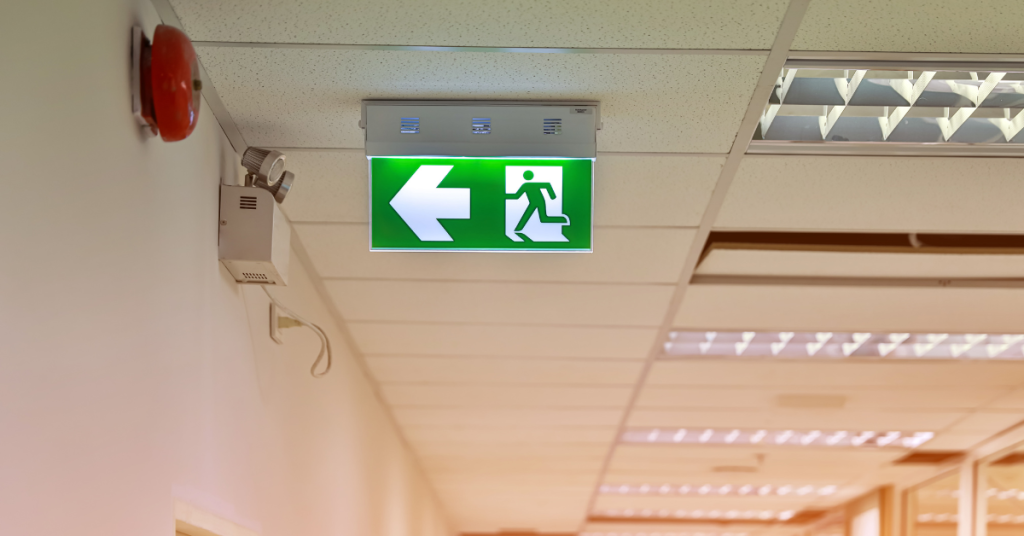
Understanding the significance of fire exits and quality fire protection is paramount in ensuring the safety and well-being of individuals within a premises. Fire exit maintenance plays a critical role in guaranteeing that these routes are always accessible and unobstructed. It’s essential to have robust emergency procedures in place, detailing clear evacuation protocols and ensuring all occupants are familiar with them. Adhering to exit signage standards is crucial for quick and efficient evacuation during emergencies, as it helps individuals navigate to safety swiftly.
Quality fire protection systems, including smoke detectors, fire alarms, and sprinkler systems, are vital components in safeguarding against fire hazards. Regular maintenance and testing of these systems are necessary to ensure their effectiveness in the event of a fire. Conducting evacuation drills regularly is also key to familiarizing occupants with escape routes and emergency procedures, ultimately enhancing preparedness and safety measures within the premises.
Frequently Asked Questions
Are There Any Specific Qualifications or Certifications Required for Individuals Conducting Fire Risk Assessments?
When it comes to conducting fire risk assessments, specific qualifications or certifications are crucial. Training requirements, adherence to industry standards, and relevant experience are essential for regulatory compliance. Accreditation options validate competency in this critical field.
How Often Should Fire Drills Be Conducted as Part of Fire Safety Measures?
Fire drills should be conducted regularly to ensure familiarity with evacuation procedures, enhance emergency response readiness, provide staff training, simulate mock scenarios, and familiarize individuals with the building layout for efficient and safe evacuations.
What Are the Potential Consequences for Businesses That Fail to Comply With Fire Risk Assessment Regulations?
Failing to comply with fire risk assessment regulations can lead to severe legal consequences, hefty fines, and damage to a business’s reputation. Adherence to safety regulations, implementing preventative measures, training, risk management, and insurance are essential for compliance.
Is There a Specific Protocol for Reporting and Addressing Fire Hazards Identified During an Assessment?
To address fire hazards found during assessments, I emphasize hazard mitigation, emergency response, risk management, safety protocols, and incident reporting. Efficiently managing these aspects ensures a proactive approach to fire safety, reducing risks and enhancing overall safety measures.
How Can Technology and Automation Be Integrated Into Fire Risk Assessments to Enhance Safety Measures?
Integrating technology and automation enhances safety in fire risk assessments. Utilizing digital tools improves fire prevention, while smart devices aid in evacuation planning. Remote monitoring boosts emergency response, and automation benefits risk assessment by providing real-time data for proactive safety measures.
Conclusion
In conclusion, the legal requirement for fire risk assessments is a critical aspect of ensuring the safety of individuals and properties. By understanding and implementing the necessary protocols, building owners and business managers can effectively assess and mitigate fire risks within their premises.
Regular reassessments, compliance with policies and procedures, and the role of inspections are all key components in upholding the highest standards of fire safety. It’s imperative to prioritize fire safety measures to safeguard lives and prevent potential disasters.



